
Are You a Sustainable Coffee Drinker?
Did you know that sustainable Coffee is a thing?
And did you know that coffee is the world’s most popular drink with around 2 billion cups of hot Java being consumed every day?
Most people will drink plenty of coffee over the festive period and if you are refilling, it’s a great chance to lower your footprint and switch to sustainable coffee.
When it comes to environmental impact, not all coffee is equal.
In this week’s tip, we look at coffee’s history and its contribution to your footprint and ways to make the switch to sustainable coffee.
As ever we research sustainable choices, so you don’t have to.
And don’t forget to read to the end as there is a great discount on one of our favourite brands.
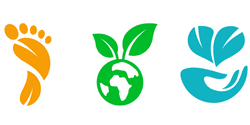
Coffee...A Brief History
The history of coffee cultivation dates back many centuries to the old coffee forests on the Ethiopian plateau.
There, according to folklore, coffee beans were first discovered by a goat herder called Kaldi.
According to legend, Kaldi discovered coffee after seeing his goats become energetic after consuming the beans, so much so, that they would not go to sleep at night.
Kaldi told the local monastery’s abbot, who made a drink from the beans.
The drink kept the abbot awake throughout the night and the story spread to other monasteries.
Then, word spread eastward, and coffee eventually made it to the Arabian Peninsula.
From there it started a voyage that would take it all over the world.
Eventually, coffee arrived in Europe in the 17th century and spread to other parts of the continent.
Coffee then arrived in New Amsterdam, which was eventually renamed New York, around the middle of the 1600s.
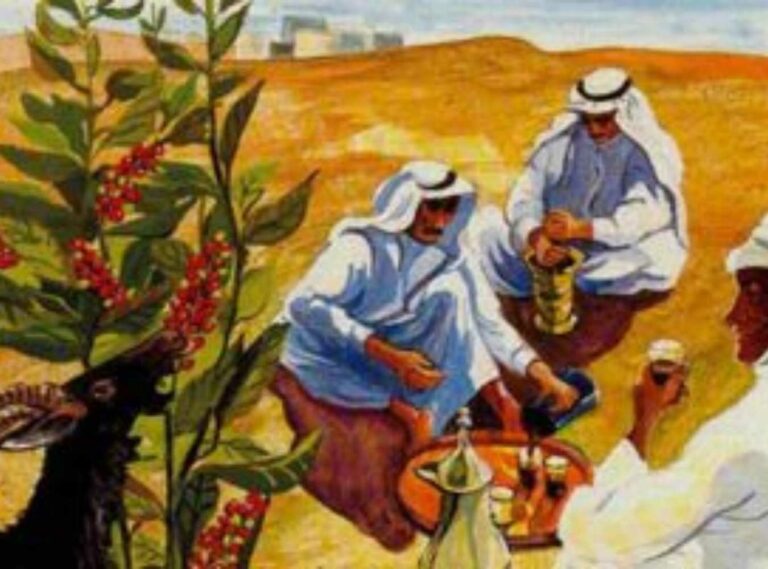
After the Boston Tea Party uprising, coffee became the main drink of choice for Americans (because the British liked tea).
Jump forward to today and coffee is a staple of most homes and there seems to be a coffee shop on every corner.
The market is now worth a whopping $159.8 billion and has grown every year despite global recessions.
Why isn’t Coffee Always Sustainable?
According to research, coffee consumption will have doubled by 2050.
Unfortunately. the effects of coffee production on the environment increase in line with consumption growth.
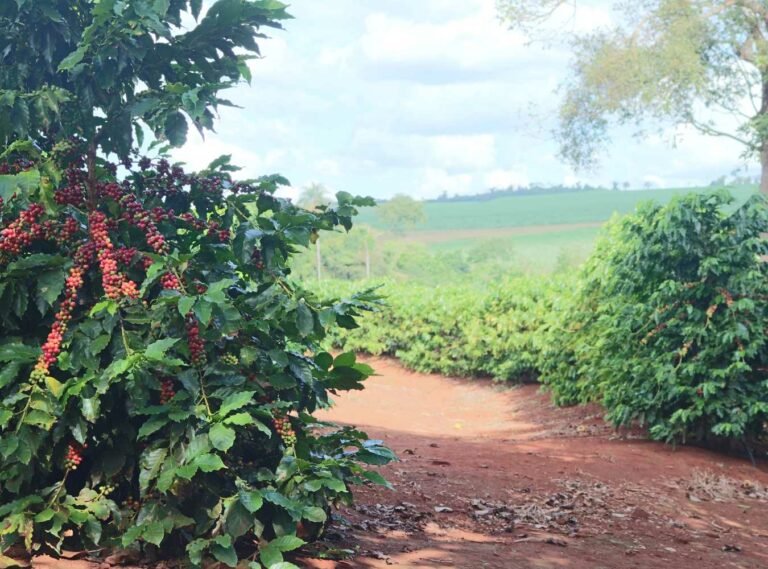
Coffee Cultivation
Did you know that 68% of the climate impact of the coffee business is caused by coffee cultivation?
There are also two ways to cultivate coffee.
Shade-grown coffee is grown beneath a tree canopy and is the traditional way to grow coffee.
This method is also more sustainable, but also more expensive to produce.
The Rainforest Alliance’s Chris Willie says that certified shaded coffee farms are the best alternative to rainforests.
Unfortunately, the demand for cheap coffee has led farmers to embrace a more modern method, growing coffee directly under the sun.
The monoculture production method used for sun-grown coffee has an impact on the ecosystem.
It also reduces soil quality.
Predictions state that by 2050, around half of the area currently used to grow coffee will be unusable.
Deforestation and Other Issues
Another issue with monoculture is that the trees are all cleared to provide land to farm the coffee.
This results in loss of habitat, flooding, and loss of biodiversity.
This type of farming has put certain plants and animals in danger of extinction.
There’s also pollution and waste to think about.
Sun-grown crops need lots more water, fertiliser and pesticides – all of which are extremely harmful and pollute the environment.
Coffee also comes with a social impact and quite often farmers are not paid a fair wage.
Then there is the transportation and ‘post-consumer’ (your) waste from plastic cups and packaging.
This waste generally ends up in landfill and can break down into microplastics that end up in the waterways and oceans.
Finally, there is the energy used to make a cup of coffee and what you do with the waste afterwards!
One cup might not seem huge, but times it by 2 billion and it really adds up!
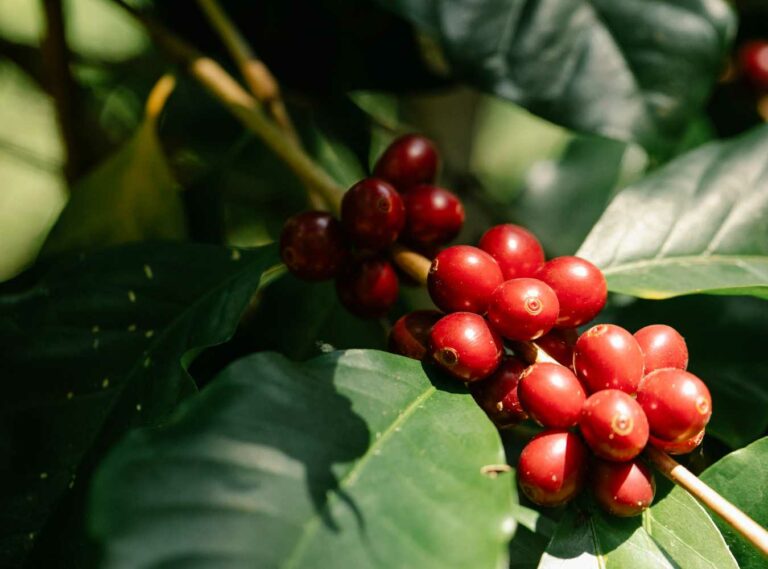
How to Make Your Coffee Sustainable
It doesn’t sound great for coffee, does it?
Well, it’s certainly not all doom and gloom and there are lots of things you can do to make your daily coffee sustainable.
Buying shade-grown beans is a great start – it’s better for the planet.
You can also look at the manufacturing processes as many ‘good manufacturers’ will be transparent about their production.
Another thing to look out for is a third-party certification.
For example, the Fairtrade foundation prioritises ethical trade and labour standards.
The Rainforest Alliance certifies farms that are practising responsible farming.
There is also packaging to consider.
Try and avoid plastic packaging and look for recyclable materials – this should all be on the labelling.
At home, using a machine is a lower-energy way to make a coffee as long as you don’t leave it on standby.
Finally, when you buy a coffee from a coffee shop, take a reusable cup with you and get that filled.
Our Favourite Sustainable Coffee
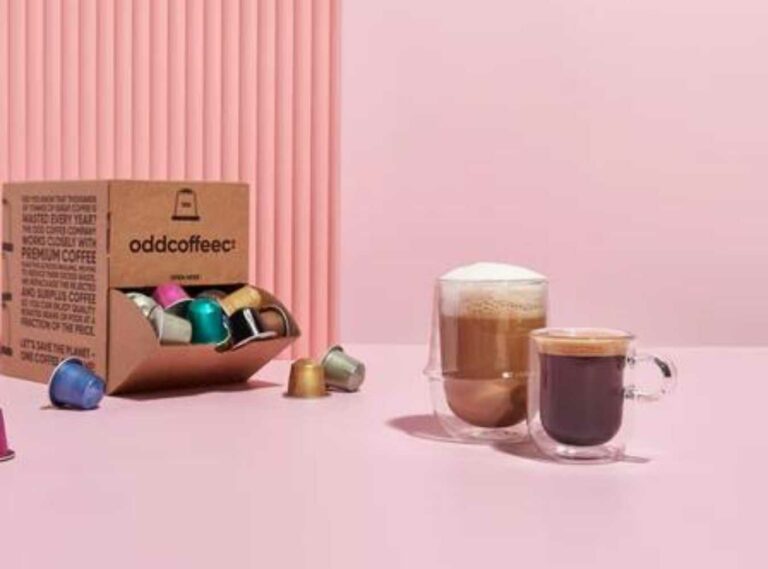
The Odd Coffee Company
If you drink Nespresso coffee, you will love our first sustainable coffee brand!
The Odd Coffee Company rescues dented Nespresso capsules from being thrown away.
They pack these perfectly good pods into recyclable boxes, and you can buy them as one-offs or on a subscription.
This means every time you drink a coffee at home, you are stopping waste from going to landfill.
Odd Coffee also rescues rejected and surplus coffee repackages it sustainably and delivers it to you at a fraction of the standard price.
Check out their more sustainable Nespresso Pods here.
Chimney Fire Coffee
Our next planet-friendly coffee comes from Chimney Fire Coffee.
Chimney Fire Coffee is committed to ensuring a completely sustainable process from farm to cup.
Furthermore, the company is dedicated to honest sourcing, close collaboration with farmers, and the sharing of their stories.
To ensure transparency, the team develop direct relationships with the farmers and pay twice the Fairtrade rate.
Efforts don’t stop there – all packaging is bio-degradable and coffee waste is recycled into animal bedding and fertiliser.
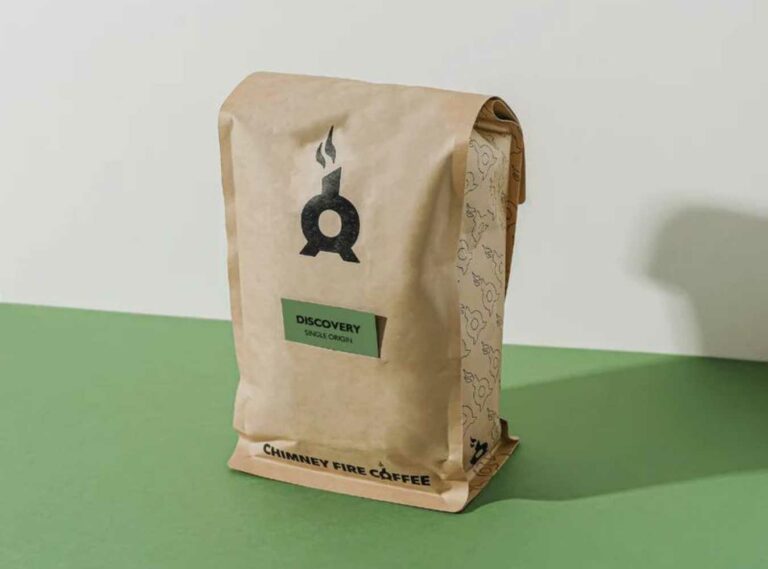
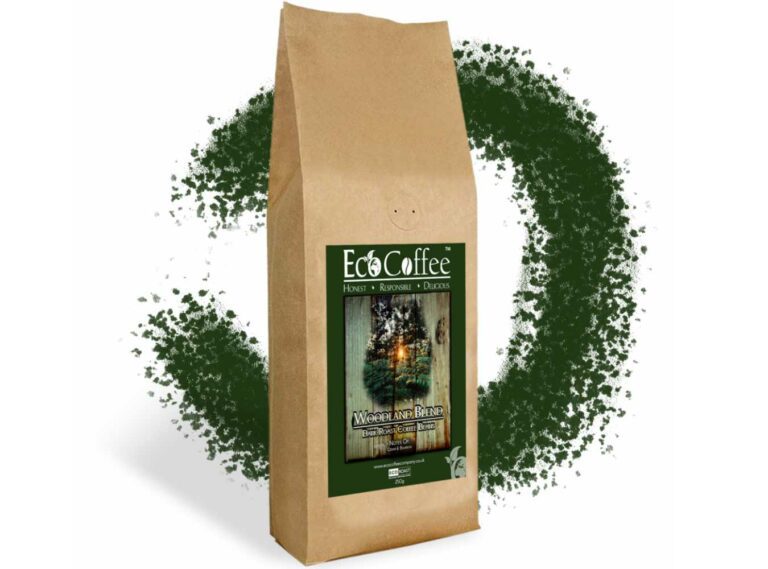
The Eco Coffee Company
Last and certainly not least is The Eco-Coffee Company.
The Eco Coffee Company offers a variety of ethically sourced coffee beans and ground coffee that are locally roasted in Dorset.
A zero-waste loop is created by recycling the waste coffee grinds to be used as fuel pellets to roast the next batch of Eco Coffee!
There are four blends to try and their signature blend with hints of Chocolate, Fig and walnut is perfect any time of day!
Best of all, the lovely people at The Eco Coffee Company sent a voucher code for Play It Green members to use.
Simply head over to their shop and use PlayItGreen15 at checkout to take advantage of 15% off your order (minimum spend £10).
That’s it for this week.
Who knew that coffee started with goats in Ethiopia and that now we drink 2 billion cups of it a day?
Hopefully, you learned something new today and that you feel empowered to make a sustainable switch!
You can even suggest sustainable coffee at work or to your friends – everyone feels better when being sustainable!
Find out more about Play It Green by heading over to our Why Us page.
Thanks for reading.





